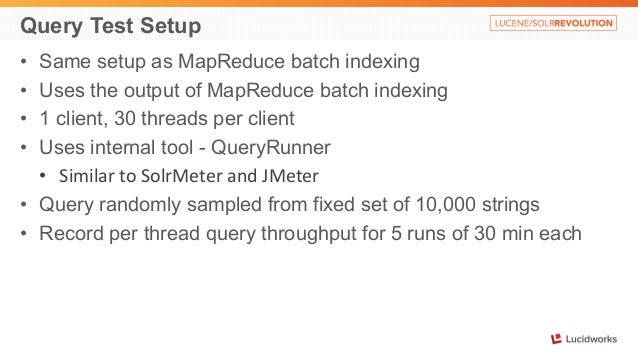

Have an existing enterprise framework that is built to work with Solr (like other Apache products such as Hadoop, or enterprise frameworks like Cloudera, Hortonworks, or HDInsights built on Hadoop).Have available resources to invest in managing Solr and the tools available for interaction and.Need to index and reprocess massive amounts of data on a large scale.Consider analytics and visualizations a core component of your use cases.Begin exploring your data as soon as possible and.Get your search engine up and running quickly with little to no overhead.Elasticsearch is very easy to deploy, manage, and monitor (using X-Pack) with a very well-designed user interface (Kibana) that allows for data exploration and creation of analytical visualizations, but customizing its functionality is limited and more difficult with the plugin framework.Įlasticsearch could be for you if you want to: Elasticsearch is like Windows.” You can heavily customize and tailor Solr to fit your needs, but management and deployment are much more involved and resource-consuming than the effort required with Elasticsearch. But when asked this question, I’ll typically reply with an analogy from an operational management perspective: “Solr is like Linux. There are many use cases surrounding the adoption of one technology over another. Elasticsearch: Which is better for my organization? We've explored and implemented these intelligent capabilities in our client work - learn more here. The role of a search engine has moved beyond effectively finding information to serving a key role in content analytics, predictive modeling, and integration with cognitive/intelligent search features, such as natural language processing (NLP), machine learning (ML), and relevancy scoring. The core functionality of Lucene provides the same experience for basic search functionality across Solr and Elasticsearch, but it’s their implementation approaches surrounding Lucene that create the differentiators. Solr and Elasticsearch are components on top of the search library providing their own implementations and features for a complete search product.

There are various search engine technologies available, but the most popular open source variants are those that rely on the underlying core functionality of Apache Lucene, which is, in essence, the piece that makes the search engine work. Oftentimes, when we help clients perform assessments that revolve around the use of an open source search engine within their enterprise solution, the question is asked: “Which is better, Solr or Elasticsearch?” While there may be a preconceived notion that one is inherently better than the other, the question is more relevant when framed as “Which is better for me?” Elastic - the company behind Elasticsearch and the Elastic Stack - provides enterprise solutions for search, log analytics, and other advanced analytics use cases. Thanks to its flexibility, scalability, and cost-effectiveness, Solr is widely used by large and small enterprises.Įlasticsearch, also based on Lucene, is another leading open source search engine supporting powerful enterprise applications.
CLOUDERA APACHE LUCENE SOFTWARE
Solr is a leading open source search engine from the Apache Software Foundation’s Lucene project. But as traditional enterprise search has evolved into what Gartner calls "Insight Engines," we revisited this topic to provide the latest observations incorporating Cloud, Analytics, and Cognitive Search capabilities to help you evaluate Solr and Elasticsearch. Elasticsearch has been discussed frequently in our client projects and within the enterprise search community.

Open source search engines in the age of Cloud, Analytics, and Cognitive Search


 0 kommentar(er)
0 kommentar(er)
